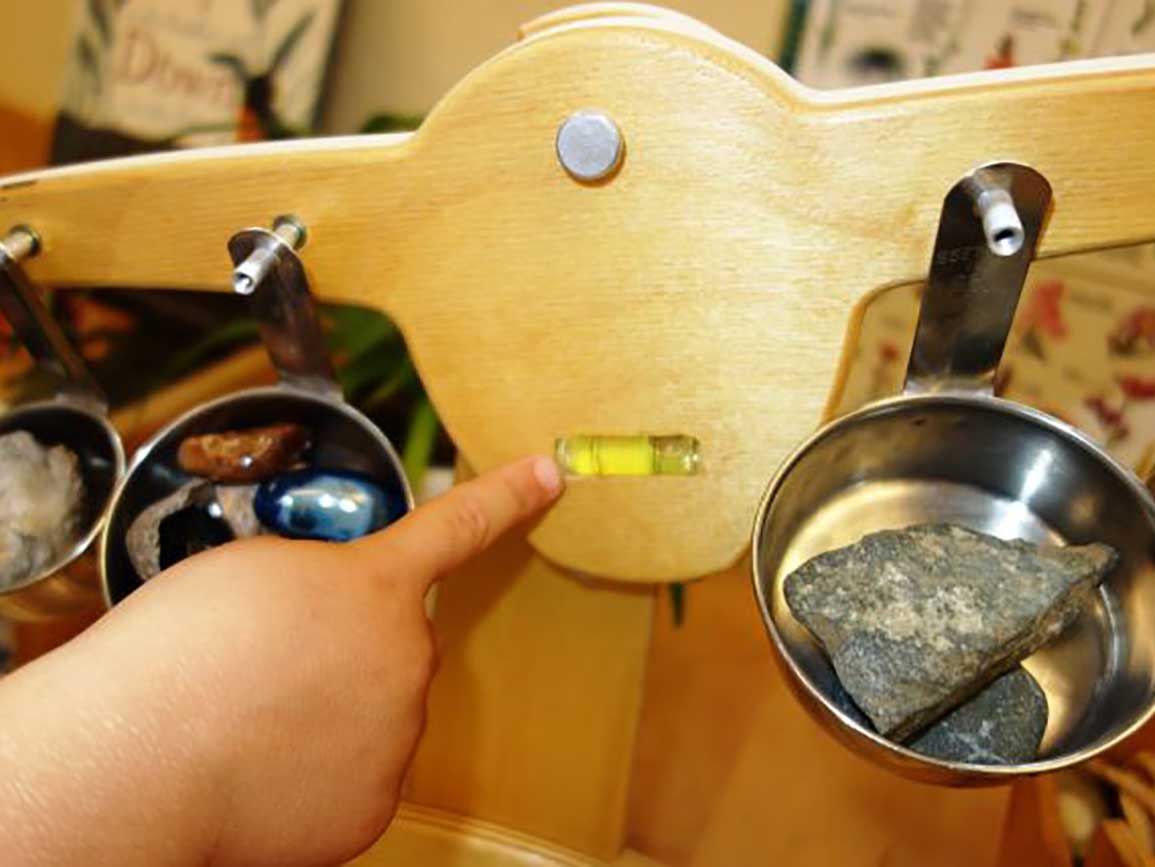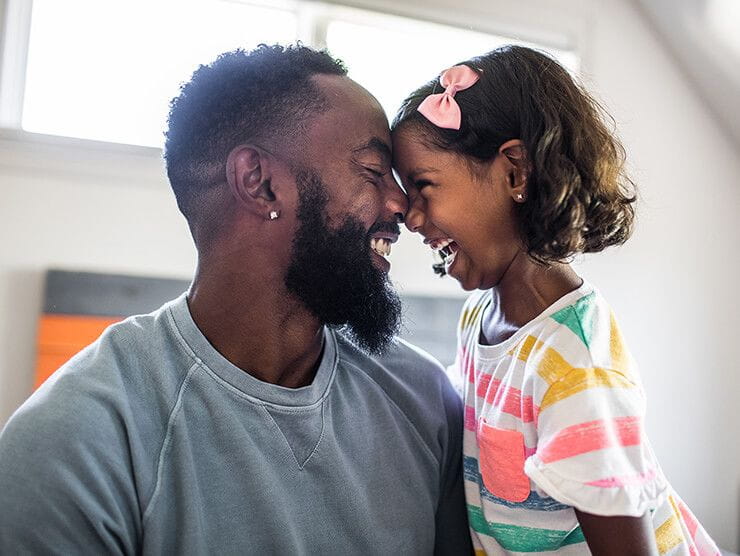This activity promotes development and learning by encouraging children to listen to, understand, and respond to communication from others.
Materials Needed:
- Pillows and blankets
- Poem (below)
Participants: This activity is intended for adult/child interaction (requires a reader).
Directions:
- Read the poem to your child slowly.
- Ask older children what they remember about the poem. Share your own insights briefly. If children are interested, you could discuss how feathers are used as a metaphor in the poem. Explain that a metaphor is a when you use a word or words as a symbol to mean something else. For example, this house is a zoo (when it’s busy). Think of other metaphors for words like joy, fun, and happy. Ask younger children to think about animals that have feathers and how to describe feathers
- This poem includes rhyming words. Explain what rhyming words are and ask your child to find them as you repeat the poem. Write the rhyming words down and notice how the words sound the same but they are not spelled the same, for example: heard and bird. Think of other words that rhyme with words in the poem. For example, bird, nerd, word, curd, absurd.
“Hope” is the thing with feathers
by Emily Dickinson
“Hope” is the thing with feathers -
That perches in the soul -
And sings the tune without the words -
And never stops - at all -
And sweetest - in the Gale - is heard -
And sore must be the storm -
That could abash the little Bird
That kept so many warm -
I’ve heard it in the chillest land -
And on the strangest Sea -
Yet - never - in Extremity,
It asked a crumb - of me.
Optional: Use pillows and blankets to make nests. Young children might enjoy pretending to be baby birds. Go for a walk if possible, looking for nests in your neighborhood, or birdwatch from your backyard or window. Additional ideas: Older children might enjoy learning more about Emily Dickinson, especially that she was a brilliant, but very shy, poet who loved animals, plants, and children. She often lowered baskets of gingerbread from her bedroom window to the neighborhood children.





